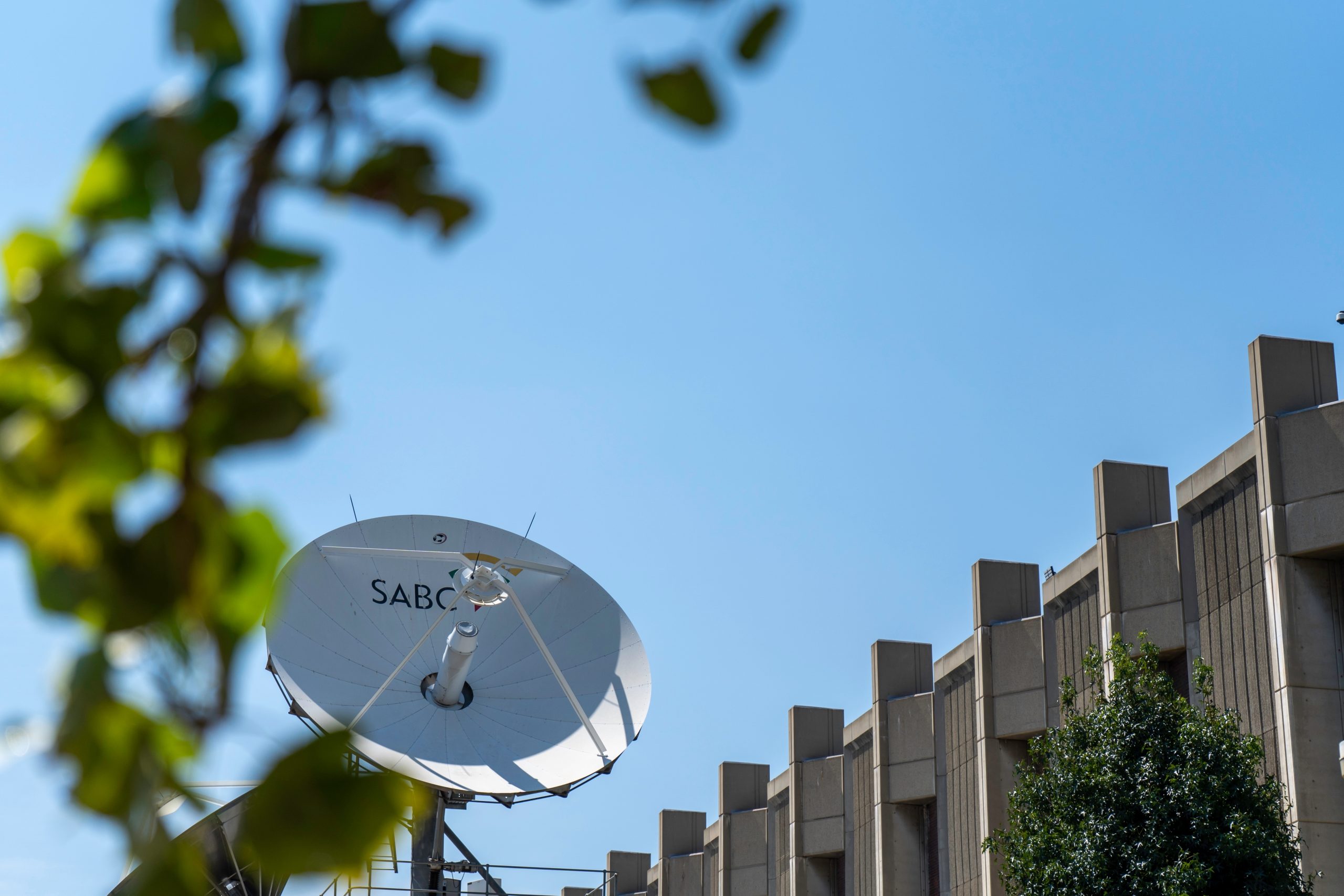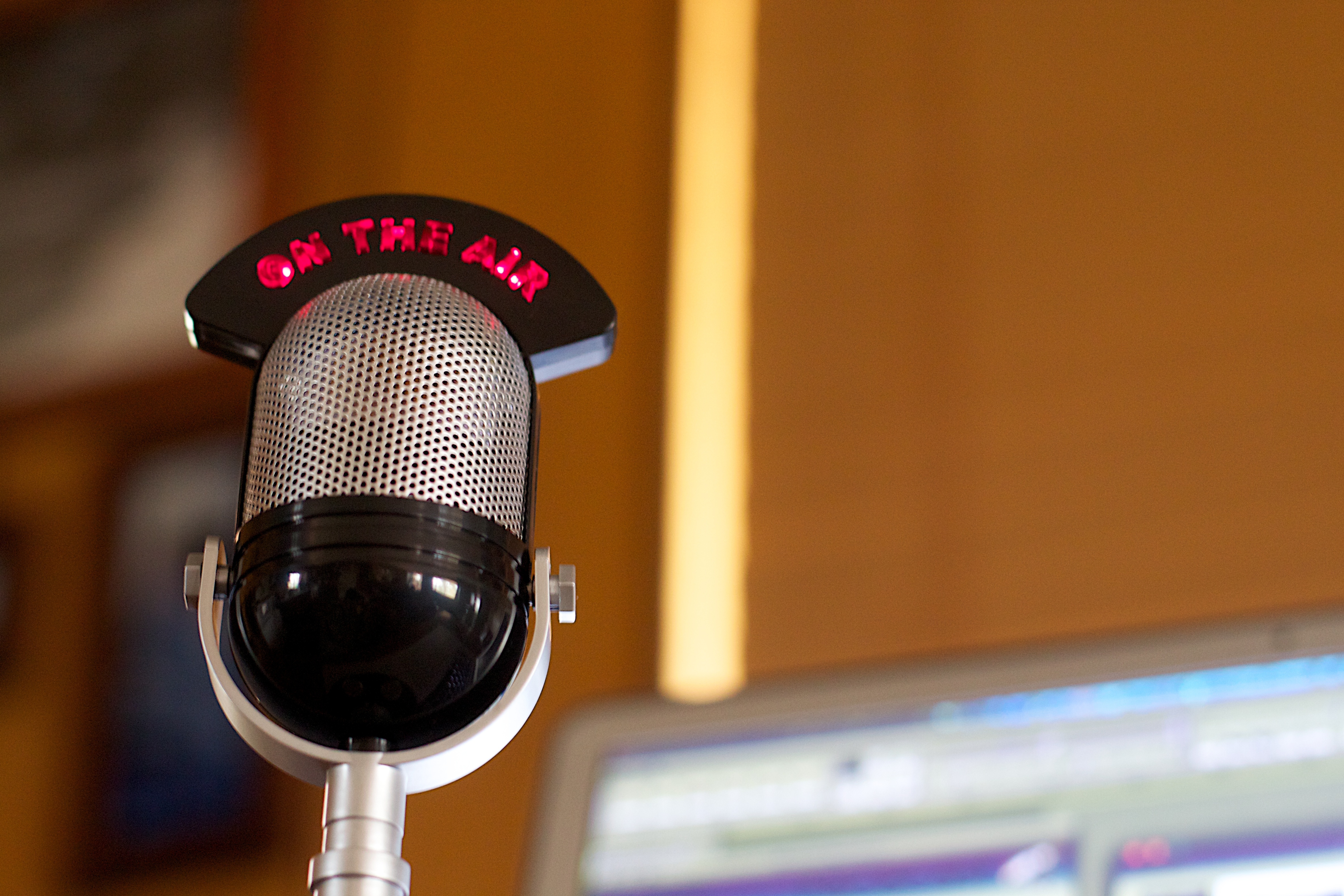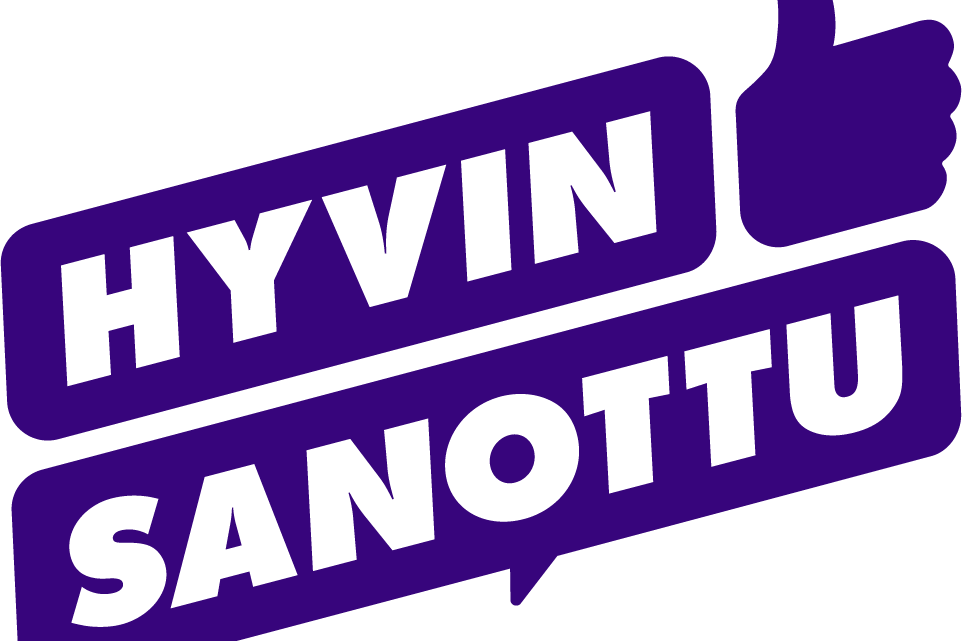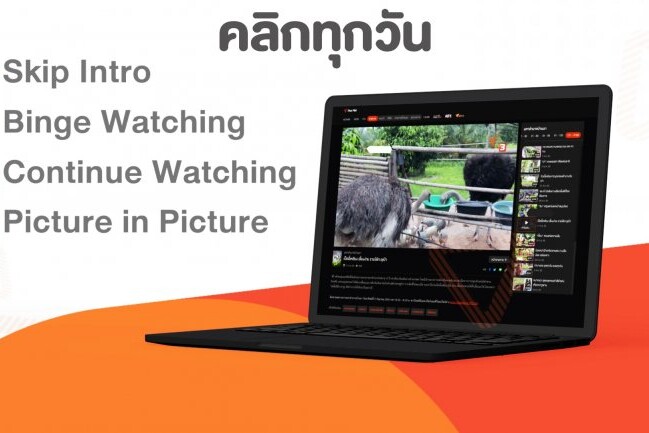PSM INNOVATIONS
Priority to provide public service on TikTok
2nd February 2023
Providing trusted news and information on TikTok has become a bigger priority for some public media organisations to help combat growing disinformation on the platform.
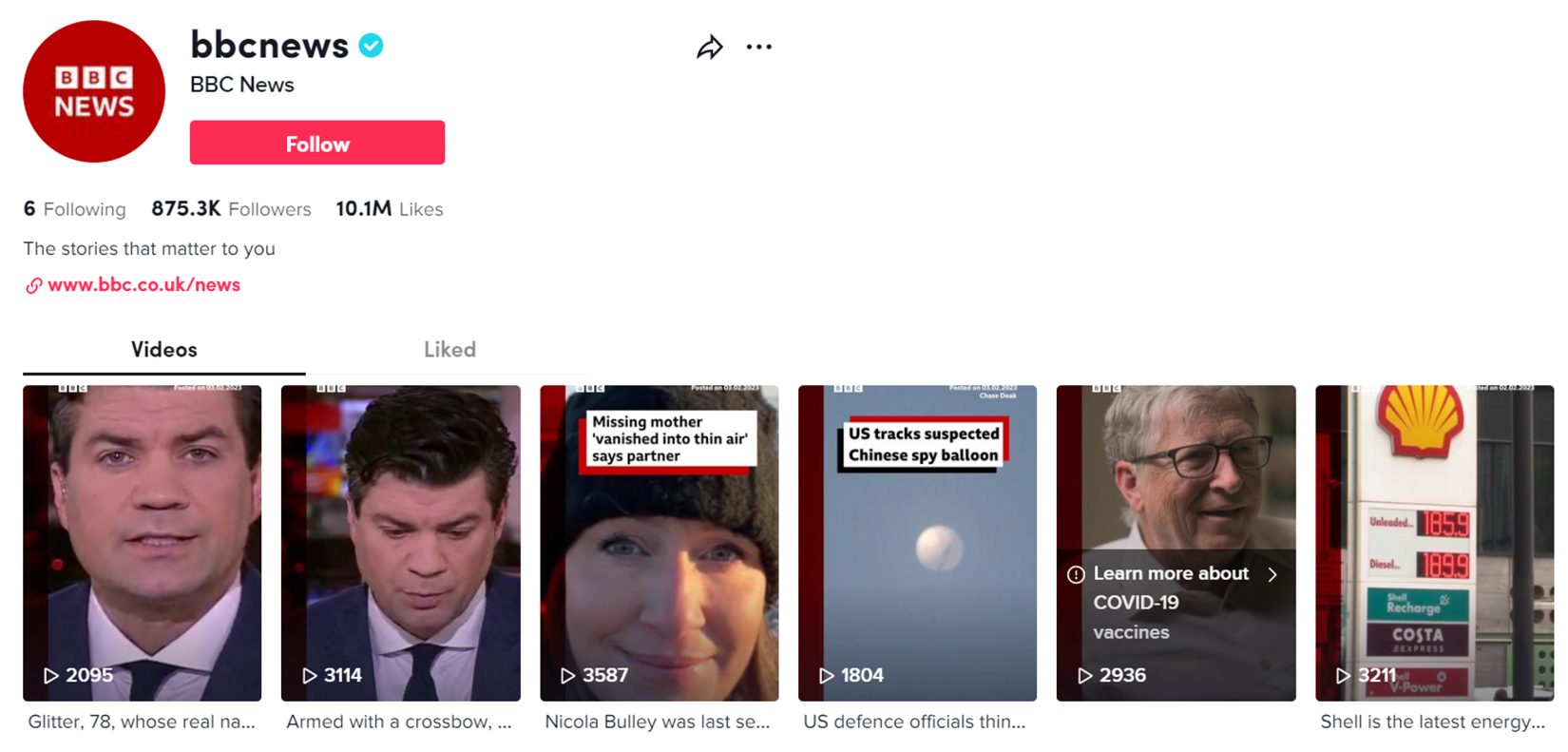
It is almost a year since BBC News launched its account on TikTok. Having gained nearly 900,000 followers, and millions of views on many of its videos, the public broadcaster’s popularity on the platform has grown so much so that it is now looking to expand its team.
The BBC News team was initially hesitant to join Tiktok, citing doubts on how the unpredictable nature of Tiktok’s algorithm could work for news content, whether it would fit with its brand values, and challenges related to limited resources. Other ongoing concerns included the platform’s Chinese ownership and recent cases of spying on journalists.
So what was the turning point? The importance of combating growing disinformation about the Russia-Ukraine war on the platform by providing trusted and independent news and information.
“For us, it has to do with making sure that there is trustworthy information where people are,” BBC News’ Director of Digital and Channels, Naja Nielsen, told the Press Gazette. In this way, Nielsen justified it as a “real public service reason for us to be there”. Tiktok is now one of BBC News’ top priorities.
The BBC’s main types of content on TikTok are content adapted from its other platforms, content produced specifically for TikTok, and live streams.
Regarding privacy concerns, Ms Nielsen explained: “We are monitoring everything and we remain independent and free to report impartially on whatever platform so that is very important. And because of BBC News’ nature, we are publishing in English and 41 other languages and we are publishing in Russia, we publish in Iran, Afghanistan, we are publishing in a lot of territories where there is a risk connected to publishing.”
Public media organisations like Flemish public broadcaster, VRT, and Colombia’s national public media system, RTVC, have also found similar success in reaching audiences when experimenting with TikTok to share short, digestible news and informative features.
Alongside news content, other PSMs have also used the platform for creatively increasing brand awareness, especially among younger audiences, like PBS.
Many public media organisations have identified the opportunity TikTok presents, providing a platform to reach young audiences, who might not engage with other types of PSM content. Additionally, with TikTok possibly being a vector for mis- and disinformation, many public media organisations feel they have an obligation to be there, providing audiences with access to accurate and trustworthy news from reliable sources.
@pbs Is it too late to make our grand entrance? #sanditonpbs #callthemidwife #PBS #grantchester #greenscreen ♬ original sound – Cav’s Content
The BBC’s u-turn on TikTok demonstrates how public media organisations can and should quickly identify and react to trends – good or bad. In this case, it proved how flexibly the BBC News’ digital team could re-evaluate how best to use resources to help combat the spread of disinformation especially during an unfolding crisis.
Looking ahead, Ms Nielsen suggested that learning more about algorithms and collecting high quality audience data is now needed for further development, investment and innovation,
“For us, it has to do with making sure that there is trustworthy information where people are.” – Naja Nielsen, Director of Digital and Channels, BBC News
Over to you...
Does your public media organisation have an innovation that you’d like to share?
Let us know by emailing us at editor@publicmediaalliance.org
Related Posts
24th January 2023
SABC indigenous language news channel to be launched
SABC plans to improve news provision…
22nd November 2022
The Well Said project: “Yle’s act for a functioning democracy”
A project co-led by Finland’s public…
8th November 2022
Developing a website with public service at its core
Thai PBS launched a new website on…
